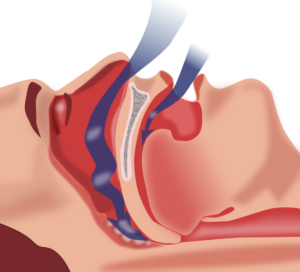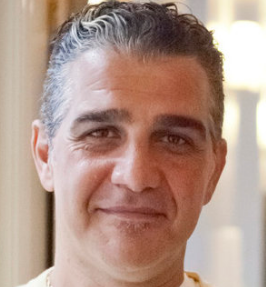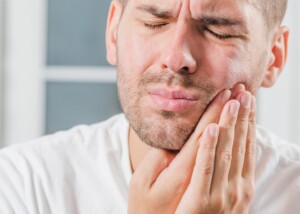You know that TMJ disorder can cause obstructive sleep apnea…
But what about the other way around: Can temporomandibular joint problems lead to obstructive sleep apnea?
The answer is no.
“Normally, sleep apnea is a symptom of TMJ,” says Dr. Alireza Panahpour, DDS, author of “The Good Dentist.”
“TMJ disorder (actually called TMD) can be caused by any changes in a person’s structural, myofascial, skeletal and/or nervous system,” explains Dr. Panahpour.
“Any kind of structural misalignment has a ripple effect on the cranium (and vise versa).
“For instance, a skeletal issue in the body can cause the cranium to shift or the shoulder to shift.
“When this happens, the muscles go crazy tying to compensate; this type of muscle shift often takes the lower jaw backward, which is a typical start of TMJ issues. In addition, after a shift like this, the muscles get shorter.”
TMJ Problem Causes Obstructive Sleep Apnea
When the lower jaw shifts backward, here is where the problem starts with obstructive sleep apnea.
If the mandible is shifted backward, this encroaches upon the airway, which can either partially or completely obstruct air flow as you breathe during sleep.

Habib M’henni, Wikimedia Commons
What makes this situation worse is if you have pre-existing surplus pharyngeal tissue, and/or a large tongue base.
All of that will get mushed against the back of the airway by the jaw slipping backward.
Lying on your back and horizontally puts the lower mandible at the greatest risk for that backward shift.
Conversely, if you have obstructive sleep apnea but no TMJ disorder, there is no way that the OSA will lead to temporomandibular joint problems.
Untreated OSA, however, is strongly implicated in the development of more serious conditions such as high blood pressure, coronary artery disease and chronic heart failure.
“Also, when there is a shift in the bite or cranium, this can create a foundation of malalignment for the rest of the patient’s body,” adds Dr. Panahpour.

Dr. Panahpour’s approach to dental health encompasses the patient’s diet, immune and structural integrity, plus all the traditional treatments of a conventional dental practice.
 Lorra Garrick has been covering medical, fitness and cybersecurity topics for many years, having written thousands of articles for print magazines and websites, including as a ghostwriter. She’s also a former ACE-certified personal trainer.
Lorra Garrick has been covering medical, fitness and cybersecurity topics for many years, having written thousands of articles for print magazines and websites, including as a ghostwriter. She’s also a former ACE-certified personal trainer.
.










































